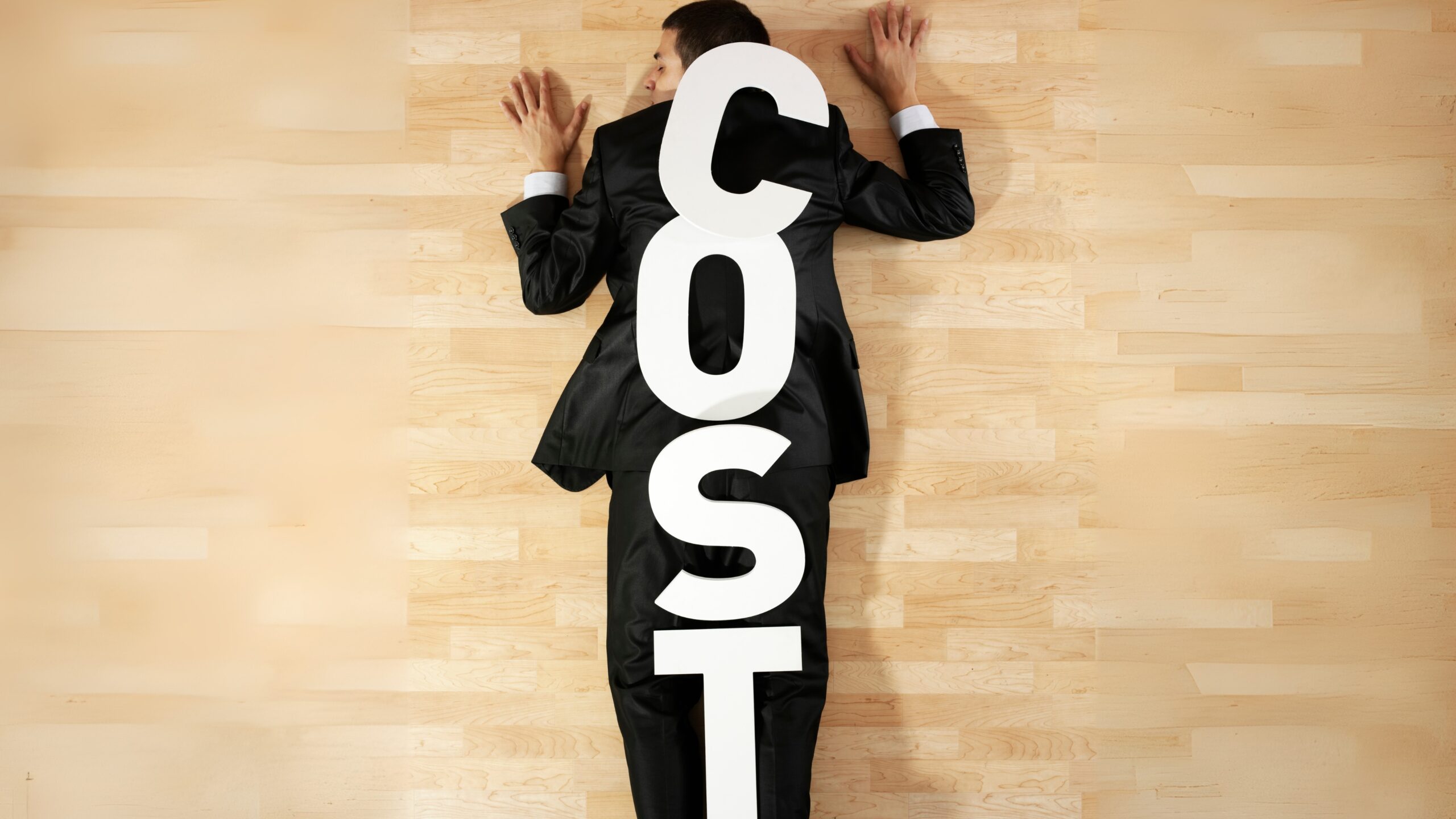As entrepreneur, every decision you make impacts your bottom line. Whether you’re setting prices, evaluating a new project, or simply buying supplies, the concept of cost is always at play. Understanding what “cost” truly means, beyond just the sticker price, is fundamental to profitability and sustainable growth. It’s the difference between guessing your margins and confidently building a thriving venture.
This guide will demystify what cost means. We’ll break down its definition, explain its vital importance in business, and provide actionable best practices. Get ready to accurately calculate your expenses, price your offerings smartly, and maximize your profits.
Definition and Importance
In business, cost refers to the monetary value of expenditures for producing something, acquiring something, or providing a service. It’s the amount of money (or equivalent) that has to be spent to get something. Costs are distinct from prices (what you charge customers) and expenses (which are costs recorded in a specific accounting period).
Here’s why understanding cost is important:
- Pricing Strategy: Knowing your true costs is the foundation of setting profitable prices. If you don’t know what it costs you to create a product or deliver a service, you can’t price it effectively to make a profit.
- Profitability Analysis: Costs directly impact your profit margins. By understanding and controlling costs, you can increase your profitability without necessarily increasing sales volume.
- Decision Making: Cost analysis informs crucial business decisions, such as whether to produce in-house or outsource, invest in new equipment, or expand a product line.
- Budgeting and Forecasting: Accurate cost data is essential for creating realistic budgets and forecasting future financial performance.
Efficiency and Optimization: Identifying and analyzing costs helps you pinpoint areas where you can improve efficiency, reduce waste, and streamline operations.
Real-World Side Hustle Example
Imagine David, who runs a side hustle selling custom-designed T-shirts online. When he says a T-shirt costs him $15 to make, he’s not just talking about the blank shirt. He’s talking about:
- Direct Material Cost: The blank T-shirt itself ($5) and the vinyl for the design ($3).
- Direct Labor Cost: The time it takes him to design and press the shirt (say, $4 worth of his time, even if he’s not paying himself a formal wage yet).
- Overhead Cost (allocated): A small portion of his monthly website hosting, design software subscription, and electricity for his heat press (say, $3 per shirt, calculated by dividing total monthly overhead by expected shirts).
So, the true cost for David to produce one T-shirt is $15. If he sells it for $25, he knows he’s making a $10 gross profit per shirt. If he only considered the blank shirt’s price, he’d be severely underestimating his true expenses.
Cost Best Practices
Accurately understanding and managing your costs is a cornerstone of business success. Implement these best practices to ensure profitability and smart decision-making.
- Categorize Your Costs: Differentiate between fixed costs (e.g., rent, insurance, software subscriptions – things that don’t change with production volume) and variable costs (e.g., raw materials, shipping fees – they change with production volume). This clarity helps in planning.
- Track Everything Meticulously: Use accounting software or a detailed spreadsheet to record every single expense, no matter how small. Missing costs can lead to inaccurate pricing and profit calculations.
- Calculate Your “Cost of Goods Sold” (COGS): For product-based businesses, COGS includes all direct costs associated with producing the goods you sell. This is crucial for determining gross profit.
- Understand Overhead: Don’t forget indirect costs that keep your business running, like utilities, administrative salaries, or general marketing. Allocate these appropriately to your products or services.
- Regularly Review and Analyze: Don’t just track costs; analyze them. Are there areas where costs are unexpectedly high? Can you negotiate better deals with suppliers? Are there inefficiencies in your production process?
- Factor in Your Time: Even if you’re a solopreneur, your time has value. When calculating the cost of a service, assign an hourly rate to your labor to ensure your pricing adequately covers your effort and allows for profit.
Quick Case Study
Maria runs “Sweet Treats Bakery,” a home-based business selling custom cakes. For months, she priced her cakes based on competitor prices, thinking she was profitable. However, her bank account wasn’t growing as expected. She realized she didn’t truly understand her costs.
Maria decided to do a deep dive:
- She listed all her ingredients for a standard cake (flour, sugar, eggs, butter, frosting).
- She calculated the cost of her packaging (box, ribbon).
- She estimated the electricity used by her oven and mixer per cake.
- She assigned an hourly rate to her own time for baking and decorating.
She discovered her true cost per cake was 25% higher than she had estimated. Armed with this accurate data, Maria adjusted her pricing. She also found a bulk supplier for some ingredients, slightly reducing her variable costs. This newfound clarity allowed her to price her cakes profitably, leading to a steady increase in her savings and a more sustainable business model.
Tools and Resources
Effectively understanding and managing your costs is made simpler with the right financial tools.
–Accounting Software:
- QuickBooks Online: Offers robust features for tracking income, expenses, categorizing costs, and generating profit & loss reports.
- Xero: User-friendly accounting software with strong reporting capabilities for cost analysis.
- FreshBooks: Excellent for service-based businesses to track time, expenses, and project costs.
- Wave: A free option for basic accounting, invoicing, and expense tracking.
- Spreadsheets: For detailed cost breakdowns and “what-if” scenarios, a custom Excel or Google Sheet can be invaluable.
- Costing Calculators: Many industries have specific online calculators or templates to help estimate costs for products or services (e.g., for manufacturing, food service).
Your Next Step: Know Your Numbers
Understanding what cost means is fundamental to building a profitable and sustainable business. It’s about looking beyond the surface price and delving into the true expenditures that drive your operations. Armed with this knowledge, you can make smarter decisions and ensure your hustle truly pays off.
Ready for more essential insights to fuel your entrepreneurial journey? Don’t miss out on crucial tips and strategies for mastering your finances. Follow our Hustlers Library newsletter today to stay ahead of the curve!







